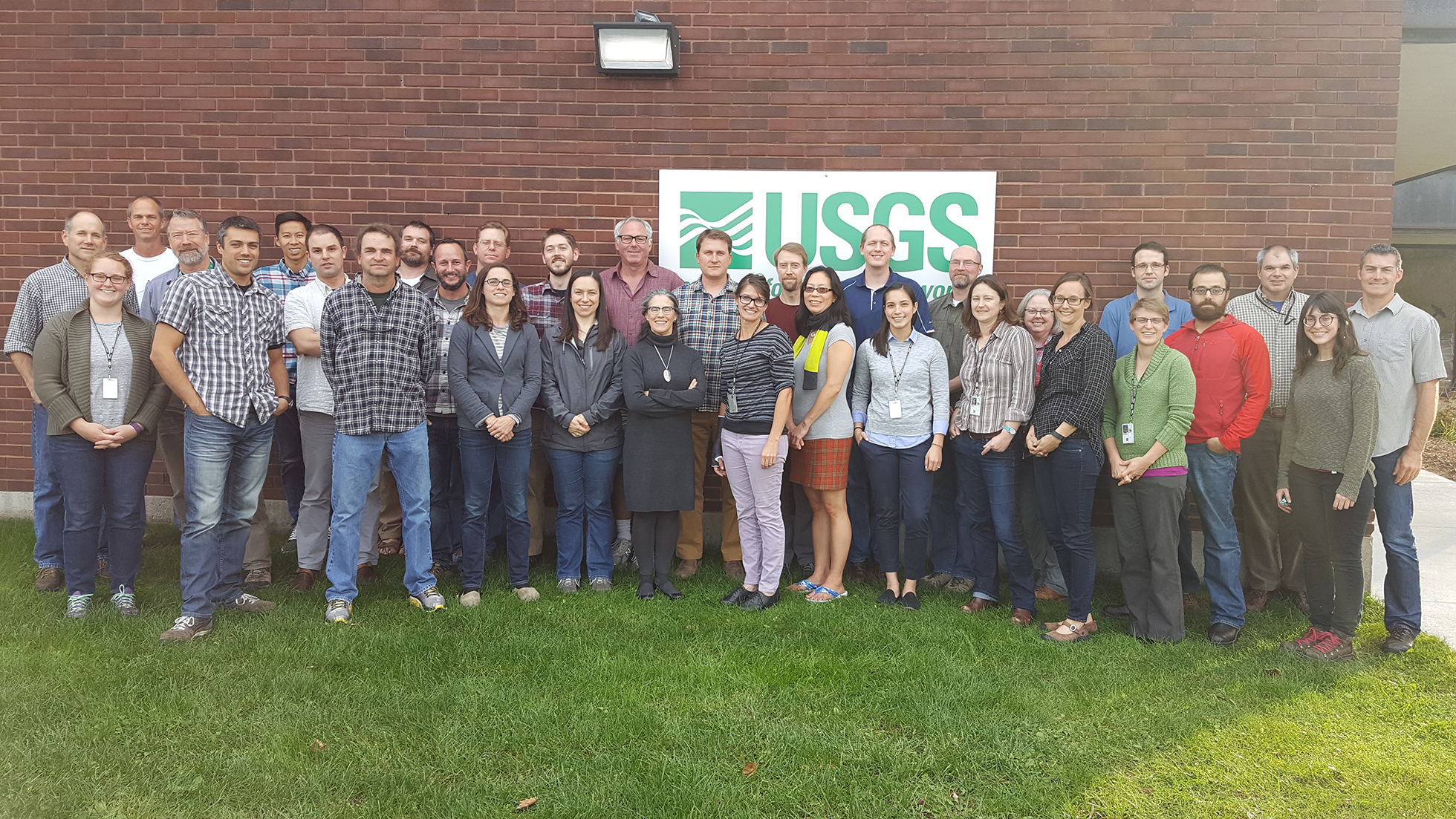The 2016 ARMI meeting was held at the National Wildlife Health Center (NWHC) in Madison, Wisconsin
The 2016 ARMI meeting was held at the National Wildlife Health Center (NWHC) in Madison, Wisconsin. ARMI scientists met with disease researchers from NWHC to develop a new disease strategy designed to meet the need for increased information on how aspects of the environment can be managed to understand and reduce the effect of disease on amphibian populations. Disease has been an integral part of ARMI efforts since the inception of this program when the amphibian chytrid fungus and its devastating effects on amphibians was first identified. Now, the complex topic of disease has again come to the forefront of public and scientific consciousness with the recent emergence of a number of infectious diseases such as white-nosed syndrome in bats and the salamander chytrid fungus (Batrachochytrium salamandrivorans) in amphibians. Additional topics at the meeting focused on research results, including projects as diverse as decision science, amphibian presence relative to gas and oil development, demographic estimates for a number of focal populations, international collaborations, and modelling and methods development. Synergies resulting from this cross discipline (e.g., biology, contaminants, water, disease) effort are critical to develop the knowledge base, direction and tools to effectively combat the global issue of amphibian decline.

